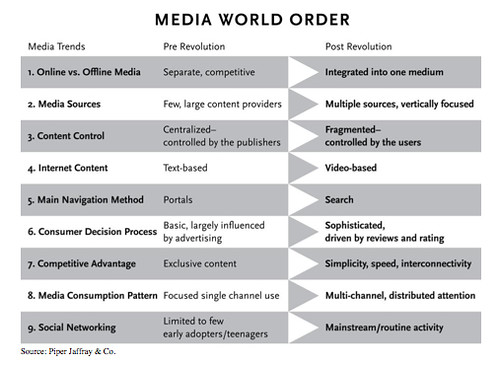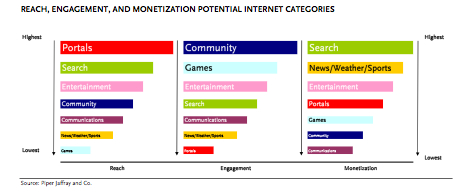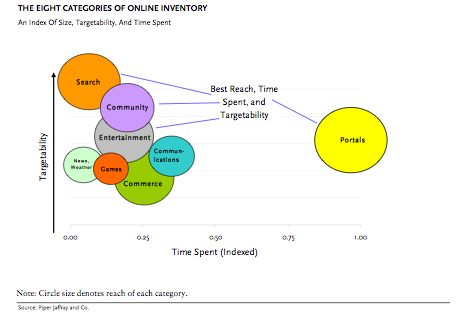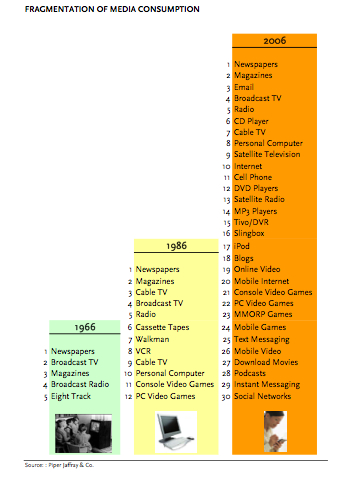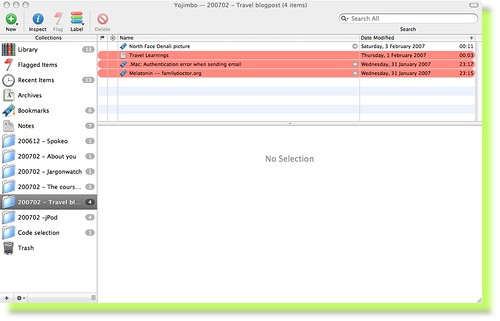PR Week (subscription required) published the PowerBook this week, featuring 500 of the most prominent people in PR, it had a selection of questions that painted an interesting portrait of the people listed. BlackBerry’s at the ready, with leisure time facilitated by iPods and TiVo-equipped home entertainment systems, they are used to dining in London’s best restaurants – there wasn’t too many surprises amongst the preferences of the 500.
It also struck me that the same questions could paint an interesting picture of the digital marketing blogosphere. What would my own responses look like?
Name: Ged Carroll
Job: Lead consultant (EMEA), Digital Strategies Group
Address: Waggener Edstrom Worldwide 10 Southampton Street London WC2E 7HA
Telephone: +44 20 7632 3800
Born: 19XX
Home town: That’s a complex question. The place I felt most at home is Hong Kong. I grew up in the north west of England and the ancestral family farm in the west of Ireland. For better or worse, London is where currently where I call home.
Lives: London
Family: No
Best career move: Getting made redundant from my blue-collar job in the oil industry, which set me on my current career path. Little did I know what that would entail.
Which company / brand do you most admire? Rolex
Which business / organisation leader do you most admire? Larry Weber – who was the first agency leader that I worked for. It also reminded me that its disappointing to meet your heroes. He is a lovely, but far from perfect character.
Boss who most inspired you: Cathy Pittham, who was the managing director of the first agency I worked for down in London.
Most essential read: Wired magazine
Most essential viewing / listening: Wall Street Journal Tech News Briefing podcast
Favourite web link: pbs.org/cringely
Favourite gadget: Apple MacBook Pro
Most respected journalist: Robert X. Cringely (aka Mark Stephens)
Most respected politician: A toss up between former president Mary Robinson, Moshe Dayan and Michael Collins (and yes I do know the last two are dead).
What is your favourite place for lunch? Wagamama
Name one thing about yourself that may surprise others: I used to be a shift leader in an oil refinery
Guilty pleasure: too many to mention including vinyl records, streetwear and mechanical watches
Your ideal epitaph: to not have an epitaph, at least not for a good while.

